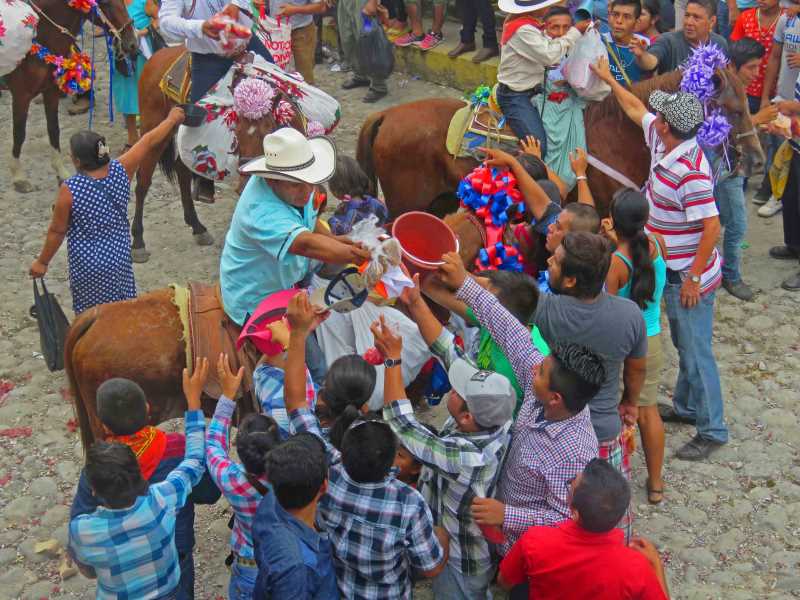Chiapas' Coastal Region Dances, Costumes, and Traditions
Discover the enchanting dances, captivating costumes, and ancient traditions of Chiapas' Coastal Region. Explore the diverse influences that shape this culture, preserving cherished customs.

Chiapas, a Mexican state rich in history and diversity, boasts a plethora of customs and traditions that have evolved over centuries. One researcher, Alejandro C. Corzo, a passionate dance teacher, has dedicated years to unraveling the beauty and symbolism behind the ethnic groups' dances in Chiapas. With a particular focus on the Coastal Region, which stretches along the Pacific coast and encompasses several municipalities, the researcher delves into the distinct ethnicities and influences that have shaped this vibrant cultural landscape.
Ethnic Influences on Dance and Costumes
The Coastal Region of Chiapas is a melting pot of ethnic influences, each contributing to the unique character of their customs and costumes. The Istmo-Costa region, predominantly inhabited by the Zoque people, bears cultural similarities with the neighboring Isthmus of Tehuantepec. For instance, the dance “La tortuga del arenal” showcases how a single dance can vary in rhythm and expression across different regions. While it is performed in Tehuantepec with a slow, solemn rhythm, in the Coastal Region, it bursts with joyful movements and a faster tempo, highlighting the diverse interpretations within the same cultural thread.




